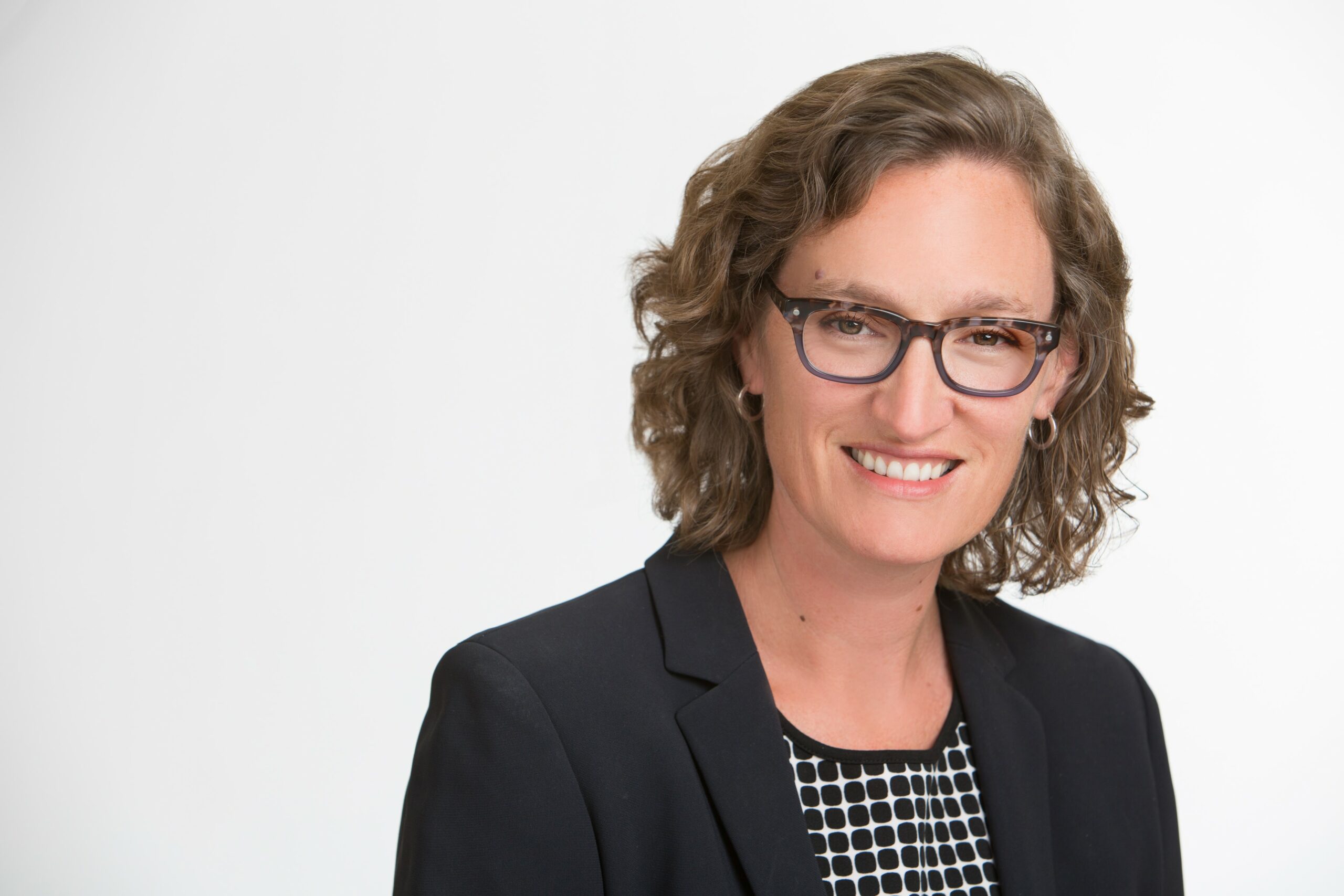We chatted with California Department of Aging Director Kim McCoy Wade via phone to talk about the latest steps in the process since the California Master Plan for Aging was released earlier this year.
What happens now that the Master Plan for Aging has been released?
Can you talk about some of the key ways COVID-19 changed the direction of the Master Plan for Aging?
Primarily, it shone a very bright light on older adults, their families and providers of care and services – all the incredible work that’s happening and all the gaps. I think there are a couple issues getting a closer look now more than ever before – one is the Digital Divide and how essential being online is for social connection, health connection, employment, community connection, signing up for a vaccine, etc. It’s just really essential in that we need to address the devices and the broadband and the support to navigate online.
Given the inequities, I think ageism and the intersection with racism has also been highlighted deeply in this – how do we fully include older adults and recognize the diversity of aging experiences? Both the cultural strengths across the diverse aging populations but also the legacy of a lifetime of discrimination and what that means for income and health status.
Have you heard any stories or read any statistics that have really made an impact during your research?
One of the terms that has stuck with me is from Dr. Nari Rhee at UC Berkeley, which is “the downward mobility.” With so many people living longer, with high housing costs and healthcare costs, it means more and more Americans are experiencing downward mobility as they age. It’s such the opposite of the Social Security vision that’s been the root of our country for many years.
There have also been some amazing resilience stories too. I think about our adult day health centers that had to close their doors and immediately switched to remote virtual services. They’re driving by with birthday celebrations for people, essential health supplies, and just calling to check in to chat. I love all the pictures I see of our providers and their creativity and innovation to stay connected. The adult day health model is based on the model of coming together, and they continued the heart and soul and skill of that service.
How can educators continue to attract people to the field of gerontology?
I’m always inspired by so many people who have grown up in multigenerational households and had a really close relationship with their grandparents or great aunt or uncle. I’m encouraged by the next generation of people entering healthcare, that they do see geriatrics and gerontology as part of the continuum of care and worthy and equal of respect. We’re also hopeful there will be some continuing education opportunities to help center and normalize aging in medicine and social work.
Can you explain some of the new initiatives around affordable housing?
There are specific proposals in the Governor’s budget around acquiring and rehabilitating RCFEs to help older adults who may be homeless or are at risk of homelessness. Building on the pandemic response
“Project Room Key”, which became “Project Home Key”, which was about getting vacant hotels and turning them into transitional and permanent housing. There are some new housing acquisitions and developments and production initiatives I think are really important. Right now, we know more Affordable Housing and stopping elder homelessness is a great place to start.
How do providers need to change their mindset as they push forward into the “next normal”?
I hope providers come back with a mix of in-person and hybrid in person and virtual settings. I think we’ve learned how wonderful the virtual platform can be in terms of frequency, in terms of distance, getting over transportation and language barriers and sign language barriers. It can really increase access to a lot of services and frequency of contact. But in-person contact is good for our health and well-being so we need to figure out when each option is essential.
In addition, as the opportunity comes to think about Medicare and Medicaid differently with federal partners, we should be ready as a network of providers to work with Medicaid and Medicare, to work with private pay, and to work with the Older Americans Act. As we think about how we can grow, growth requires serving the diversity of Californians with a diversity of payor sources. And the third thing is the Governor’s proposal to bring the “No Wrong Door” one-stop portal telephone statewide to California over the next two to three years.
We have a patchwork of local providers, called the Aging and Disability Resource Connection, who can help people navigate and put together a community care plan, but we don’t have that statewide. We’re not one telephone number or website. So I’m excited about the network and doing all of those things – taking forward the best of virtual care, hopefully serving more people with more payments, and being united behind a common front for the public so the public can find us.
Learn more about California’s Master Plan for Aging at https://www.engageca.org


 Work is moving ahead on so many fronts. The Administration identified 100+ initiatives we can work on these two years. So that’s where I’m really focused right now – working with community living advocates, elder justice advocates, and housing advocates and nursing home advocates to partner with them and the legislature and really move those initiatives forward.
Work is moving ahead on so many fronts. The Administration identified 100+ initiatives we can work on these two years. So that’s where I’m really focused right now – working with community living advocates, elder justice advocates, and housing advocates and nursing home advocates to partner with them and the legislature and really move those initiatives forward. 

